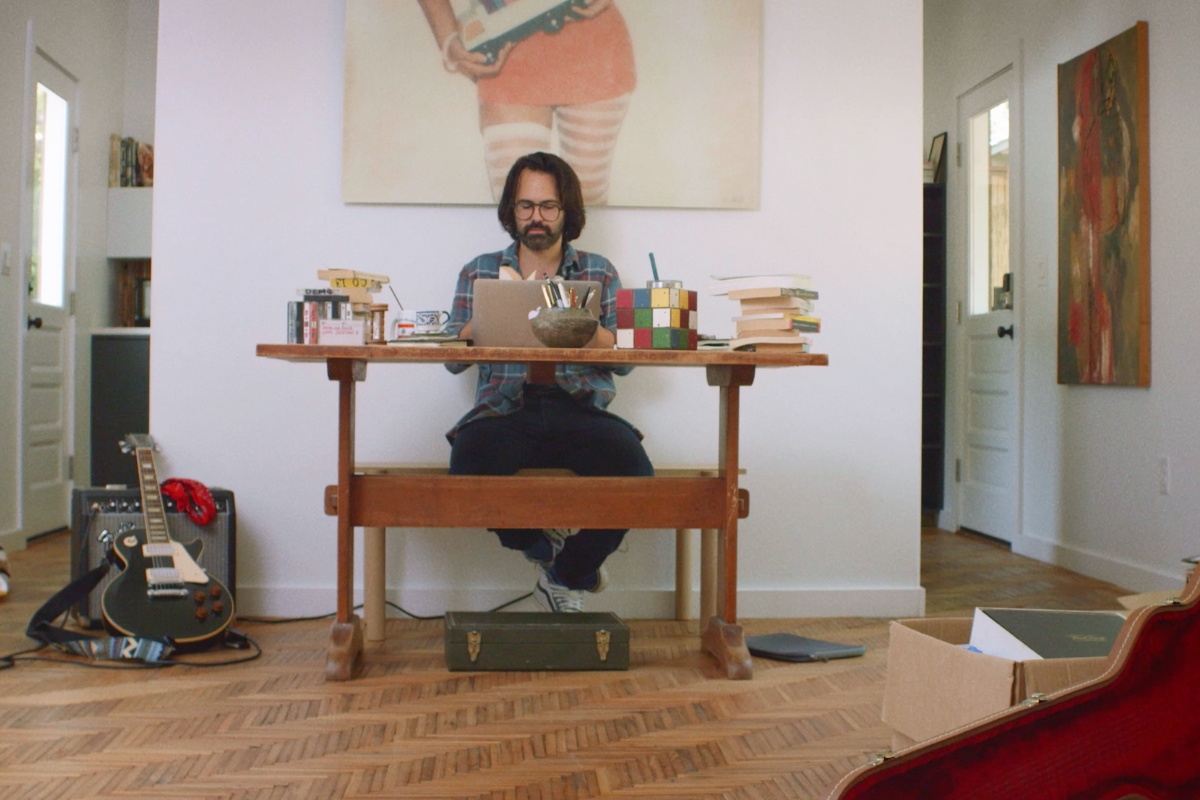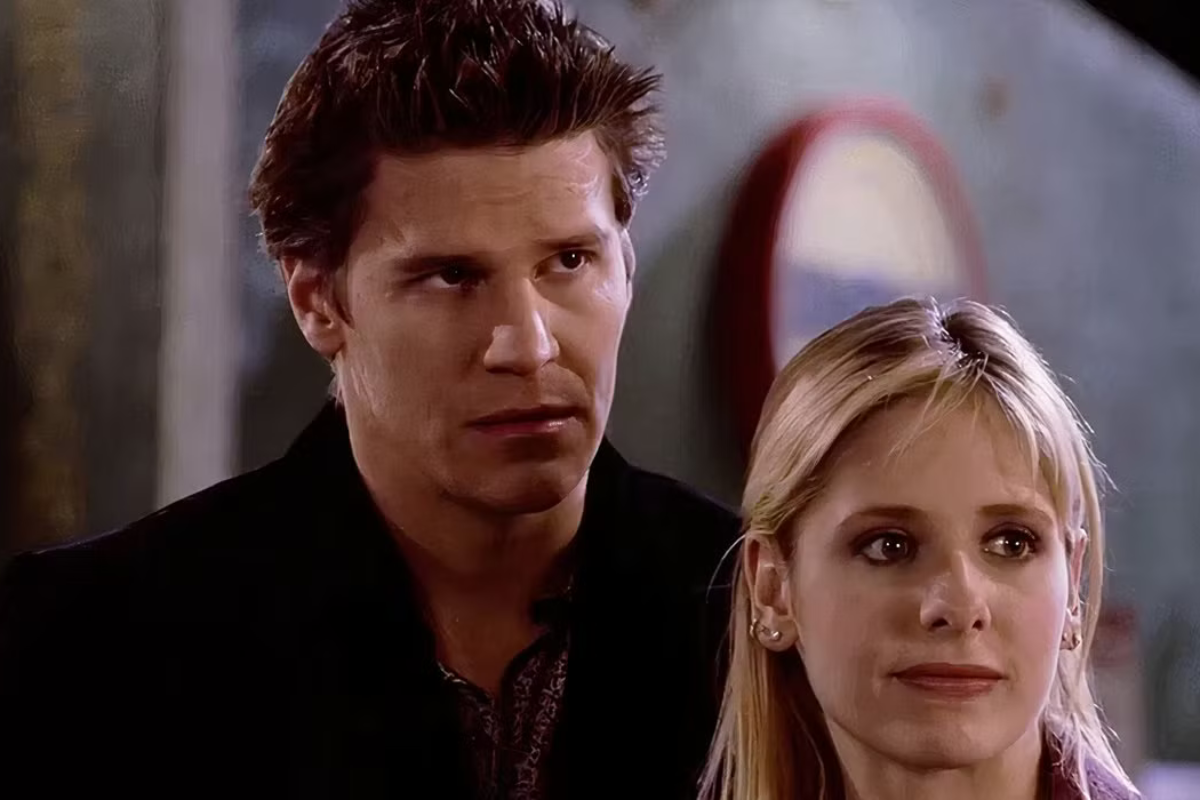IT DEPENDS: What is Film Packaging?
Entertainment attorney Christopher Schiller explains the intricacies of packaging a film… as well as the dilemmas.
Entertainment attorney Christopher Schiller explains the intricacies of film packaging... as well as the dilemmas.
Christopher Schiller is a NY transactional entertainment attorney who counts many independent filmmakers and writers among his diverse client base. Follow Chris on Twitter @chrisschiller.
Everybody likes presents, right? That would seem to be the premise behind Hollywood’s ideas of “packaging” films. If you liked all these things individually how great would it be to get them all together! At least that’s what the plan is. But as you’re probably used to hearing by now in these columns, the answer to whether packaging your film is a benefit or a headache is, as usual, it depends.
Definition of packaging
Although we will see that a simple definition of the concept has various interpretations depending on who’s using the term, we can broadly define packaging a film as tying multiple creative elements to a film project. Those elements can be actors, directors, producers or others in any combination of two or more. How they get tied and what purpose the package is supposed to serve varies.
A typical packaging of a film might include a short list of the main actors who are willing to commit to being in the film, a name director and/or cinematographer who agrees to work on the film and/or a handful of producers who are committed and tied to the production. The package is put together long before the project is a sure thing bound for production. In fact, it’s often one of the factors that affect whether the project gets a green light or not.
In all of its various forms, a film’s packaging is a means of making it easier for the next decision maker down the line to say yes and give the money or go ahead with the production. Films can still get made without packaging, but, when you get a whole bunch of decisions already made for you all tied with a bow it’s much easier to say yes. But as anyone who has perused the pre-packaged fruits or vegetables in the supermarket could tell you, you have to inspect that package to make sure you’re getting quality throughout and not unwanted or damaged goods that might sour the deal.
Packaging depends on who owns the wrapping paper
The meaning of packaging is different depending on who’s wrapping it up. Often when a script is being shopped a package may be brought together by one of the players trying to get to a green light. Lets use a talent agency as example. The agency is first approached to see if a single actor might be interested in being attached to the film. If the actor is game and the price is right, the agency can count on getting its 15% commission – if the film goes forward. But the agency isn’t just representing that one actor. They’ve got a stable of clients who might also fit well (or well enough) into the film’s needs. If the agency can bring along a few more parties, another actor or two or a director, as well as the first gung ho talent, then the likelihood of the film getting made (and the agency actually collecting their 15% from each of its clients) goes up.
Of course an agency package will be loaded with the agency’s clients and getting someone else on board who might be better suited for the picture overall would be difficult (not in the interests- financially or otherwise for the agency.) If the agency is a big one with a diversity of clients, then you might not have too difficult a time making up a group that could better sell the film. If, on the other hand, the agency’s clients who need more work or they need to keep happy are shoehorned into unsuitable fittings, the package might not be as attractive as a whole to the eventual buyer. And if you really want the star, you might be tied to using the less perfect fitting ensemble attached to get them.
A distributor’s packaging might look a whole lot different. Consider trying to get pre-sales in foreign territories for a film heading toward production. A good script alone usually isn’t attractive enough for pre-selling to a market. Since a pre-sale is money committed long before the film arrives on their shores, the foreign sales agent or buyer will be looking for sure things to package the deal and assure their buyers of eventual return on investment. A recognizable (-to them,) named star that can go on the poster is easier to loosen foreign purse-strings so far in advance of the picture’s completion. And the names that will work for foreign sales aren’t always the ones you’d first think of. This is where you often hear the references to the terms “A-list” and “B-list” actors and other talent. There aren’t actual, physical lists and there aren’t names that everyone can agree on. There are names that would make a particular foreign sale go smoother in certain countries. Those names are different by country, by genre, by sales agent and are constantly in flux. But a film with the right package for foreign sales might be promising enough to get the money to get the camera’s rolling, even if the names attached won’t sell much in the domestic market on first glance.
Screenwriters and packaging
For a writer, film is the only medium you will likely have to deal with “packaging”. The concept doesn’t exist in any other form of writing. Novelists do not need to sell anything other than their own work. The only conceivable other contributors of a “package” for novels already work for (e.g. editors) or are hired by (e.g. cover artists) the publisher as needed once the deal is done. Once the publisher is on board no other entity needs to be convinced (other than the final reader, that is.) For stage work the producers usually hire the playwright and book the theater long in advance of bringing on the director and cast of the production. And once a production is up and running successfully the participants can ebb and flow constantly without affecting the production. Even graphic novelists and comic writers don’t have to deal with packaging in this sense. The writer, artist, pencilers and inkers are brought together either by the publishers or each other in order to create the work. It is not usually necessary to gather a list in order to sell the idea to someone else before production gets going.
Screenwriter’s uniquely have to deal with packages. All the hard work of turning 90 or so blank pages into a creation that a producer is compelled to pay you for is just the first step. In order for that producer (or her successor) to get the final film made there might need to be attachments of names that might be uncomfortable fits to the original story. Adjustments may need to be made to the script to accommodate the packaged actor’s needs or the star director’s vision. Screenwriters can be packaged too- if their names carry a cachet, but, it is unusual and even with famous writers, rarely done. Since the writer is the first player on board, They are often called on to do a lot of work to get the project into a shape where it can “sell itself.”
Packaging doesn’t have to be all burden for a writer though. If you develop a skill set where you can accommodate the rapid changes that might be needed as a package develops you can become a go to writer for bigger budget projects in the future. If you have the cachet to make packaging more attractive, that’s a negotiation perk in your favor. Use it.
One person’s packaging might be another’s baggage
Just like getting the wrong gift as a present- like getting socks when you were expecting a cardigan, well meant packaging might not be as attractive to someone else down the line. There are times when a pre-packaged project ends up not being attractive to a later player and the binding ties shackle the attached elements to the project even beyond their original intended worth.
A package made to attract production investment might be a burden to someone trying to garner international sales. A common example, a nationally known TV star might be a strong enough name to get the money to make a film. But often such a “star” is a completely unknown quantity in the international market. The film project would be treated as if you cast unknowns with no allowances to the amount of money already spent to secure the “local” talent to the project. The package may not be able to be sold for enough money to make up the investment needed to pay back the original packaging.
How much and to whom are difficult calculations when deciding pay scales to get a project to a place where it has a chance to return on investment. Making a mistake where you tie too much and too securely a name that doesn’t help you get across the finish line is a producing blunder that will kill many otherwise worthy projects. Depending on how the ties are bound in the package, getting out from such a miscalculation can be a huge hurdle to overcome.
Ways of packaging
There are many different ways of tying parties to a production to make a package. Some are loosely tied, allowing adjustments and changes. Some are tightly bound with golden parachutes and shackles locking elements in place, immobile and set. And there are variations throughout and in every extreme. It’s all a matter of negotiation and purpose. As I’m always saying, there are no standard clauses, just negotiation points depending on power at the table. Let’s look at the most common among the ways packaging is approached.
The main aspect of packaging is tying parties- actors, directors and such- to a project, guaranteeing that they are going to participate in the production without conflict. However arrived at, it is said that those parties are attached to the film. From thenceforth, wherever the film goes, so do they. How people are attached can vary.
The least concrete of means of attachment, though often sufficient in early days of a production is called a letter of intent. This is a document that assures that the party is keenly interested in participating in the project and, if the project moves forward, agrees to negotiate in good faith with aims to finalize their participation and not pursue conflicting interests in the mean time. There is no hard and fast commitment, but, rests as an assurance that if everything else falls in place and there are no unusual unforeseen circumstances they intend to come along for the ride with everyone else. When seeking financing commitments early on the question may arise as to who will star. Getting a letter of intent is a way of being able to answer that question without having to first pay the actor to lock them in (with the caveat that the deal is still in negotiations, but, currently looks good.)
Some actors are too in demand or famous to hold off other jobs with a letter of intent hanging out there. If the producer wants to have that actor (or any other name talent, for that matter) and has some financing already in place they could offer what is referred to as a pay or play deal. (Though no one calls it this, to be accurate it should be called a “play or pay” deal, to get the order right.) A pay or play deal is a full guarantee in two directions. To the producer, the party will make themselves available for the agreed project and production schedule. For the player, they are guaranteed to be paid whether or not the project goes forward as planned, even if they get cast out of the project and replaced. Often these deals require the money to be bonded and escrowed so that the actor can rest assured that turning down other work will not affect their income stream. It is a risky maneuver for the production since schedules and financing all have to fall in place in time, but, for some situations a producer can calculate that it is an acceptable risk for the amount of future financing or green lighting the big name would bring to the project.
One other variation on the idea of packaging is placing named parties contractually tied to the production. When writing contracts it is possible to tie named individuals to certain roles in a production regardless of who ends up taking the reins in the future. This is a technique done by some to retain some control over the project in order to protect the hard work they did in the early days of development to get the project off the ground. Even if their production company has to sell the rights to the project in exchange for fully funding and moving into production, contracts taken over by the new entity could require that the named parties be retained in the roles assured them to the previous company. Using this technique, an original story writer might be able to retain some say in the story development even if they are removed as screenwriter for the project, if they retain a producer title and “meaningful consultation” in the story development. From the other side, this can also be seen as a contentious shackle in trying to advance the production with others taking the reins.
Packaging dilemmas
Packages past their sell-by date often end up in the “turnaround” bin. It takes a long time to get a movie produced. If the attachments are no longer as lucrative as they once were, the interests in the project with that baggage can wane. And because they are solidly attached the film it is often impossible to clean out to start over. It can also be a burden for those packaged as well. If a project a party is tied to doesn’t get going quickly enough, other opportunities can arise that they’ll have to pass on because they are committed to the lapsing one still. Also, if an actor’s career skyrockets after they’ve signed onto a deal but before the picture is made, they are locked into the agreed pay scale in the contracts and not their newfound cachet.
Packaging is not necessary, though some act as if it is. There are some who assume that every project that crosses their desk has to be packaged to sell. Packaging is just a tool. Just like a hammer, every situation is not a nail. Often, if the project is strong enough it can be made without attaching any parties along the way. The quality will attract everyone who takes the picture to the next stage and the next, snowballing to the finished line. It may take longer or you may need to ask different people to be involved than those who look to packaging as a surer thing. But it can be done.
Packaging is a sales tool to attract what’s missing, completion, etc. It is also a way of covering up some elements that aren’t strong enough to stand on their own. Sometimes the sum of its parts are greater than the whole. Sometimes its just a jumble of parts. It depends.
Screenwriter Contracts Decoded On-Demand Webinar
Download Now!Understand Common Screenwriting Contract Terms so
You can Sign Your Contract Confidently
Christopher Schiller is a NY transactional entertainment attorney who counts many independent filmmakers and writers among his diverse client base. He has an extensive personal history in production and screenwriting experience which benefits him in translating between “legalese” and the language of the creatives. The material he provides here is extremely general in application and therefore should never be taken as legal advice for a specific need. Always consult a knowledgeable attorney for your own legal issues. Because, legally speaking, it depends... always on the particular specifics in each case. Follow Chris on Twitter @chrisschiller or through his website.







